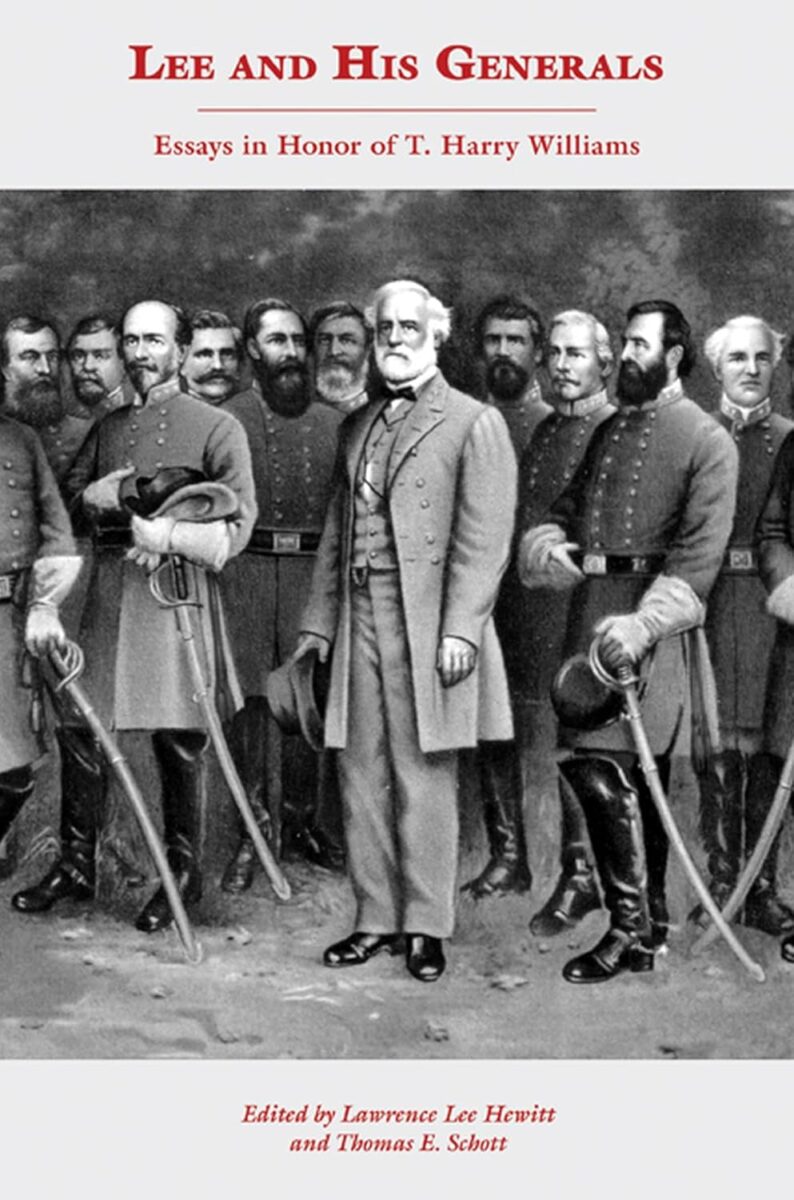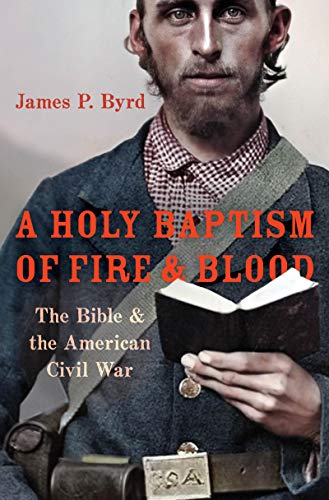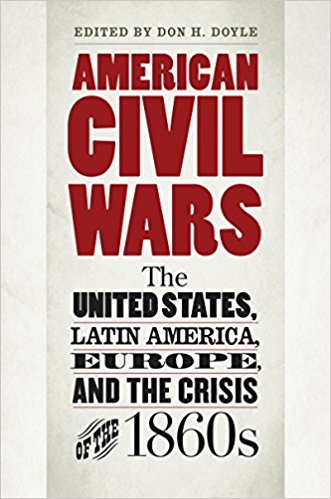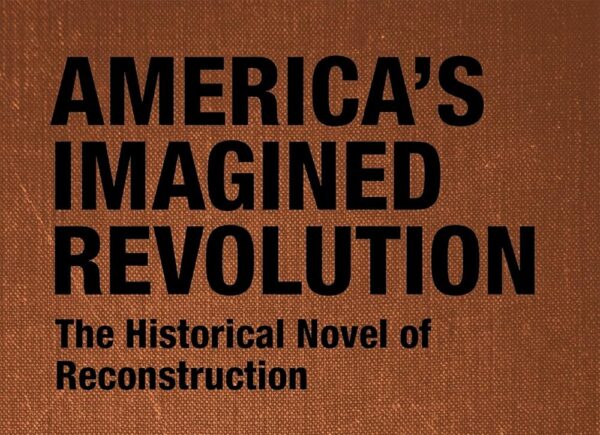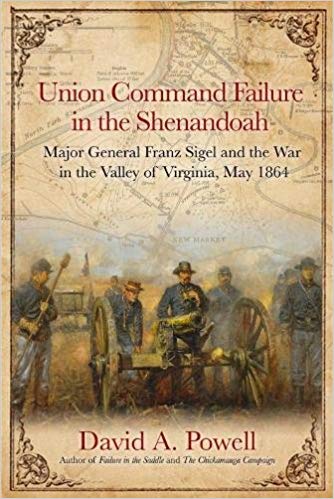A new collection of essays explores the distinguished historian T. Harry Williams and topics shaped by his work. Editors Lawrence Lee Hewitt and Thomas E. Schott have crafted Lee and His Generals: Essays in Honor of T. Harry Williams into a volume that is a notable tribute to one professor’s career and continuing influence, and also provides insights into Confederate generalship. The contributing authors reveal how their own work was inspired by Williams – some directly, by having him as a professor; others by contributing to the historiography of which he remains an important part.
The volume is bookended with essays dedicated to Williams. Frank Wetta’s introductory essay summarizes Williams’ life and career, and establishes his place within Civil War historiography. He observes that Williams’ maintained his Midwestern mindset despite many years living and working in the South, and was fascinated with the role of pragmatism in American political and military history. The closing essay, by Roger Spiller, analyzes Williams’ contributions to Civil War generalship. Spiller identifies recurrent themes in Williams’ work, which include an emphasis on the role of generals’ personalities in the waging of war, a disparagement of the value of a West Point military education, and a minimization of the extent to which wartime leaders relied upon the principles of Napoleonic warfare. These two essays in particular highlight Williams’ considerable contributions, while acknowledging the limitations of some of his conclusions due to historiographical evolution in the years since his death.
The second section of the book consists of five essays on wartime generalship. Two of these are devoted to Lee, the first of which is the text of an address delivered by Charles P. Roland in 1961. His perspective on Lee still rings true: that despite having lost a war, and thus by most definitions failing as a general, Lee remains one of the world’s most highly regarded military leaders, largely due to his extraordinary personal character. The following essay, by Brian Holden Reid, provides a detailed historiography of Lee since the 1930s. He capably summarizes how early complimentary interpretations underwent dramatic revisionism, including waves of denigration, until arriving at today’s generally sympathetic but balanced appreciation.
The next section of the book is devoted to examining the leadership of several of Lee’s generals during the war. Lawrence Lee Hewitt (also a co-editor) springs to the defense of Richard H. “Fighting Dick” Anderson, who has been forgotten or wrongfully maligned by contemporaries and historians alike. According to Hewitt, Anderson not only performed admirably throughout the war, he fulfilled Williams’ ideal of the aggressive general. The following essay, by Joseph G. Dawson, provides a close analysis of J.E.B. Stuart’s ride around the Union army at Gettysburg, both in and of itself and in the context of Lee’s efforts in Pennsylvania, particularly Pickett’s Charge. He concludes that Stuart displayed initiative, but he would have been more beneficial at Lee’s side, lending his military and moral support, than ranging abroad and out of touch. A. Wilson Greene’s discussion of P.G.T. Beauregard sheds light on that general’s generally overlooked role during the Petersburg Campaign. He argues that Beauregard displayed excellent leadership and engineering skills in his defense of Petersburg in mid-June, but his overall performance during the campaign was marred by poor communications with Lee and miscalculations regarding Union forces.
The final major section of the book explores the postwar careers and influence of Lee’s generals. In an essay devoted to exploring the impact of Thomas “Stonewall” Jackson’s piety after his death, George C. Rable skillfully shows how varying notions of religion played out in both the final years of the war and postwar explanations of why the South lost. William L. Richter posits James Longstreet as the best corps commander on either side during the war; Longstreet was cautious yet modern in his approach to warfare, but overly promoted, and much maligned after Lee’s death. His chief adversary was Jubal Early, the subject of Thomas E. Schott’s (and second co-editor’s) essay, which examines Early’s pivotal role in deifying Lee and creating the Lost Cause mythology – which Schott observes is markedly in decline. In stark contrast to the unreconstructable Early was the reconcilable John B. Magruder, who Ralph L. Eckert defends as the sincere proponent of national healing. A naturally gifted military leader, and beloved by his men, in the postwar years Magruder promoted peaceful reunification. Important yet controversial conditions of his support included the maintenance of Southern honor and acceptance of Union victory.
The book concludes with two useful bibliographies. The first is a complete compilation of books and articles written by T. Harry Williams; the second, sources referenced by the contribution authors, which serves as a guide to students of Army of Northern Virginia generalship.
This book is recommended to those who would learn more about leadership—both as it was practiced on the Civil War battlefield and in postwar memory, and as it is demonstrated in classrooms and history books.
Catherine M. Wright is the Curator of the Museum of the Confederacy in Richmond, Virginia.
